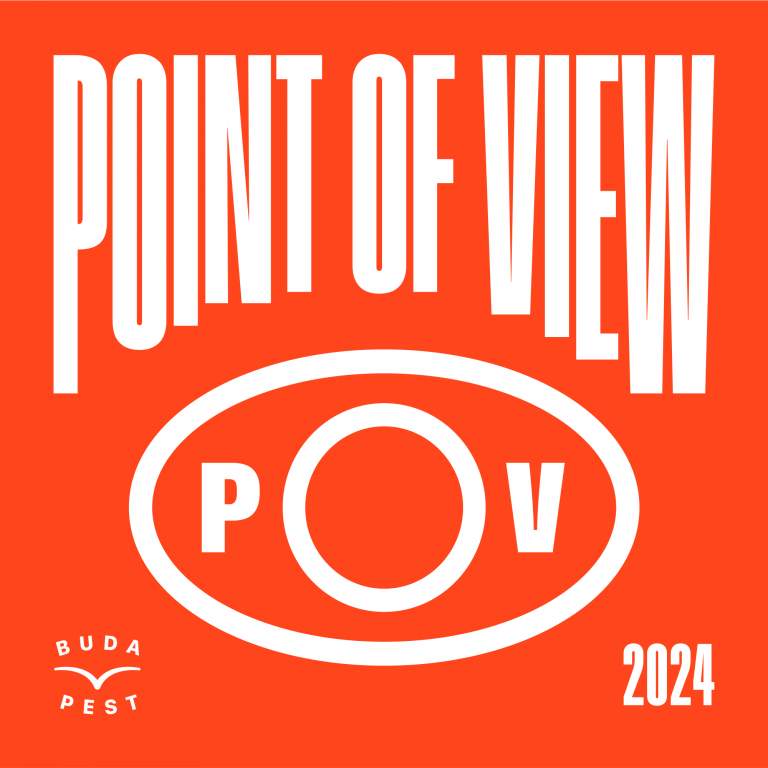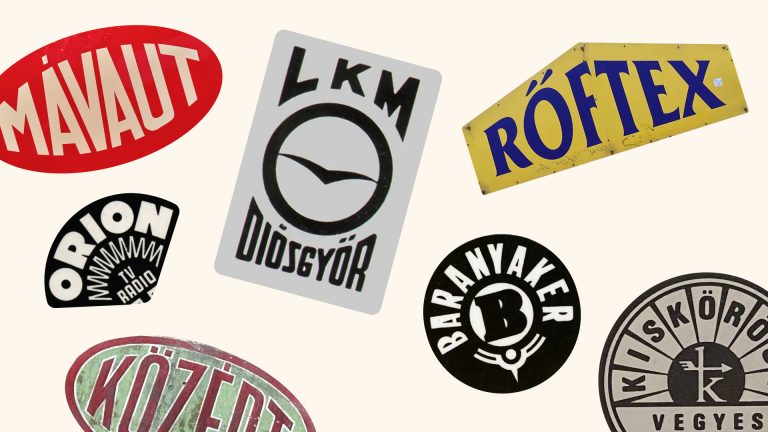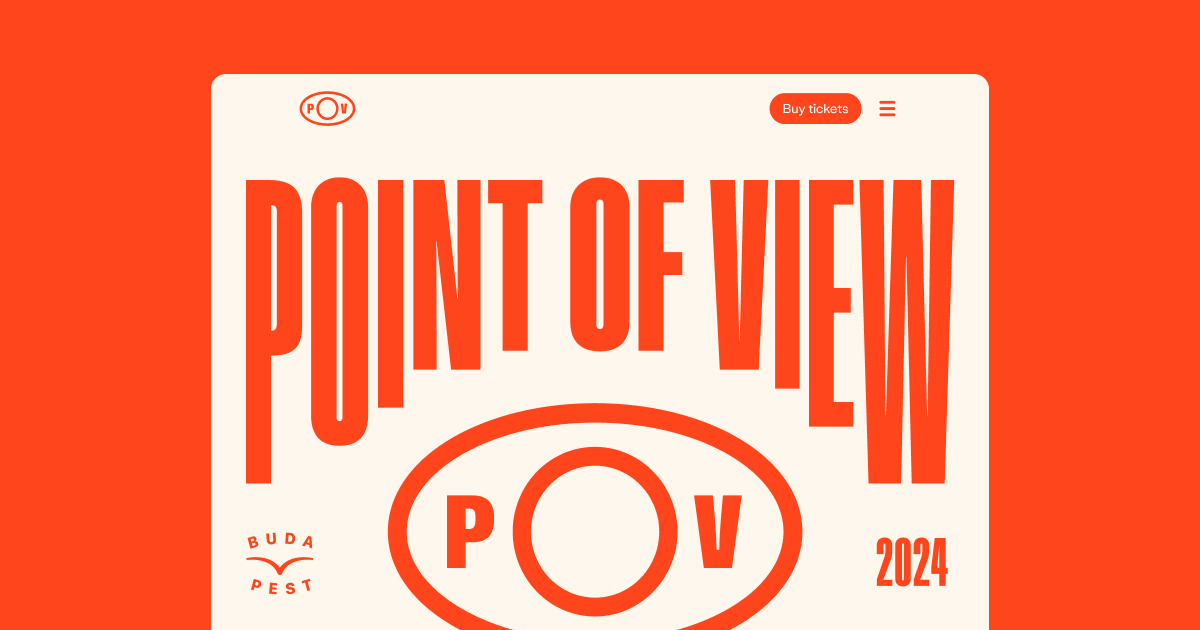
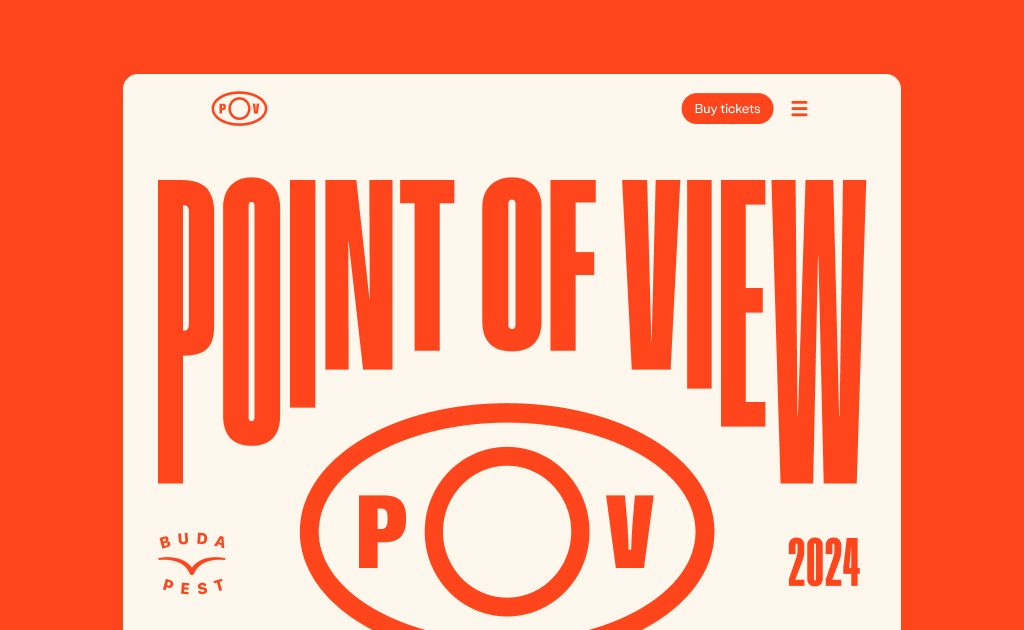
Adding depth to the discourse: interview with the founders of the POV Budapest Conference
This September, there is something truly special cooking at the National Dance Theatre in Budapest, with the city hosting the first international design conference organised and founded by Hungarians. The event has already garnered immense global interest, with nearly 150 attendees from 25 countries across four continents purchasing tickets in a course of just a few weeks. On the occasion of the conference, we spoke with the founders of POV Budapest, media design alumni Mátyás Czél and Boldizsár Mátyás, about the inception of the conference, the changes and challenges in the domestic design scene, the importance of aesthetics, and their plans to offer a full Budapest experience.
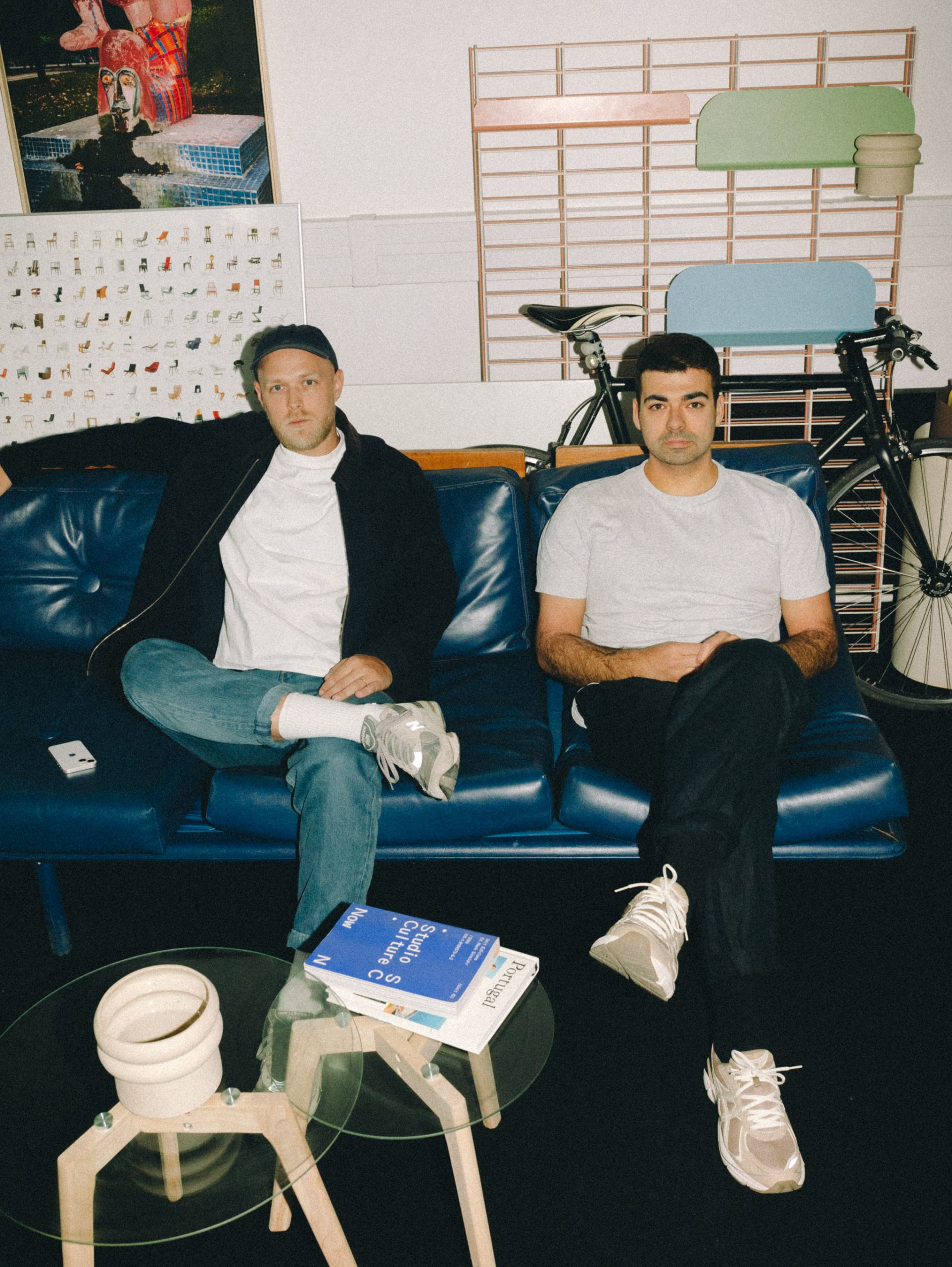
For those unfamiliar with POV Budapest, how would you describe the conference?
Mátyás Boldizsár (MB): POV Budapest is a design conference focused on visual arts, offering an immersive cultural experience for visitors. Our goal is to create a space for discourse and provide an inspiring environment for creative industry players and design enthusiasts. We want to attract attendees with a keen sense of aesthetics and a curiosity about the best of the international scene.
Mátyás Czél (MC): That’s why we came up with the definition “Conference for Visual Practices”; we want to reach everyone interested in design, even if they are not from the industry. This year, there’s a greater emphasis on graphic studios, but in the long term, we want to include more photography, filmmaking, and animation experts, and open up to other visual professions. A cornerstone of our concept is to offer a comprehensive touristic experience for international visitors, showing them our favourite restaurants, bars, parks, and museums to shape their perception of Hungarian visual culture. We want the general audience to recognise that even everyday items like street signs or metro maps involve thoughtful design and expertise.
How will the programme be structured?
MC: The official programme will span two days. Presentations will take place from early afternoon until late evening in the main hall of the National Dance Theatre, on the Brand Identity Stage. In the second morning, there will be roundtable discussions, more informal presentations, and portfolio reviews. An essential part of the event is the Budapest Guide, edited in collaboration with We Love Budapest magazine, listing our favourite places. We seek to provide attendees with suggestions beyond the conference and offer opportunities to explore the city from a fresh perspective, through the lens of design.
Mátyás Boldizsár (MB): The conference will deliberately focus on a single stage. Household names like Pentagram, Porto Rocha, Snøhetta, BUCK, KOTO, and Wise demand undivided attention, so we don’t want to dilute the experience. We are constantly seeking collaborative partners and external venues to enrich the event offerings of the POV universe – a great example is our collaboration with KÉK, which will include design walking tours for guests.
Could you tell us a bit about the brand identity?
Mátyás Czél (MC): We aimed to create a ‘Hungarian’ identity that reflects elements defining our visual culture – be it the Utasellátó logo, the typography of pub and street signs, or the organically evolving visual system reminiscent of the artisanal market stalls. The challenge was to create a system that is adaptive, responsive, easily scalable, and manufacturable while maintaining the visual impact visitors encounter on the streets of Budapest.
Mátyás Boldizsár (MB): Given our target audience’s receptiveness to aesthetics, it was crucial to ensure that every physical and digital touchpoint was of the highest quality. We’ve invested thousands of work hours into the project, and it’s gratifying to see its positive reception internationally. We’ve gone viral on Awwwards, LinkedIn, and X, and our website has received tens of thousands of views within weeks. This all contributed to our impressive ticket sales without any marketing spending.
Do you think your background in media design has influenced your decision to start such a multidisciplinary business?
MB: Absolutely. Media design involves dealing with a wide range of different things. We’re not only building identities and developing websites but also planning communication strategies, writing business plans, negotiating with partners, and managing projects and teams, and so on. The diverse media design training provided a solid foundation; we have an understanding of different sectors, can create synergies, and manage complex processes.
Mátyás Czél (MC): It also influences our thinking. We are much more open-minded, as demonstrated by our definition of the conference’s target audience: everyone interested in creative-visual products is relevant for us. The media design programme offers forward-looking training and promotes a healthy, inclusive, and open-minded approach.

What changes have you noticed in the industry in recent years, and what changes would you welcome for the future?
Mátyás Czél (MC): I believe social media has become the medium and format for design products. We see a lot of content created specifically for these platforms: some perfectly polished Instagram slides that go viral and is liked by everyone, but often lack real-world presence. I see this as a negative development and view POV Budapest as an opportunity to bring creative professionals back to reality and enjoy shared experiences together.
Mátyás Boldizsár (MB): There are few players in the domestic market capable of creating holistic brand identities. There’s a significant gap between graphic design studios engaging in conventional visual identity design, and UX studios, digital studios, development companies, or creative agencies designing digital interfaces. This gap results in inconsistent brand experiences and declining aesthetic quality. It’s a big issue that aesthetics often takes a backseat to functionality here at home. Internationally, however, the approach is different. With the POV Budapest event offerings, and the best of the industry in tow, we seek to provide answers, solutions, and inspiration to these issues for decision-makers in Hungary.
What vision do you have for the future of POV?
Mátyás Czél (MC): We want to build a community, participate in the international scene together, and introduce and present Hungarian and foreign players to each other. We already see many studios we were previously unaware of despite doing high-quality work both locally and globally, emerge. We also want to provide a platform for decision-makers to engage such studios and designers. We feel they often have no idea what this scene has to offer, and perhaps the conference will provide greater insight into it.
MB: We also want to highlight the shortcomings and areas for improvement in the Hungarian scene and address them together through discourse. Additionally, we aim to make attending conferences cool again, demonstrating that it’s not just a privilege of the corporate world but a great platform for connecting and inspiration. As for the future, we are thinking long-term, but this year’s success is crucial to shaping the project into a sustainable venture. Currently, alongside managing our studios and teams and serving our clients, it is an exciting platform, a playground for experimentation. Whether we can stabilise this playground over the long term into a business is a question for the coming months. The public sentiment and interest in the conference are very positive, giving us reason to be optimistic.
What are you most proud of at this point, and what do you hope the audience will take away from POV Budapest?
Mátyás Czél (MC): I’m proud to have already proven we can create something that attracts global interest. No matter who we reach out to, everyone is open and accessible; we don’t need to be in New York or London for that. Many had expressed a desire to visit Budapest, but it wasn’t professionally appealing enough before. Now, there’s a good reason beyond the city’s allure. With the conference, we’ve put Budapest on the map of the design world.
Mátyás Boldizsár (MB): It’s gratifying to see how viral the project has become. Opinion leaders on various social media channels are sharing the identity, analysing the typography of the website, and including us in newsletters. Another point of pride is that The Brand Identity magazine, one of the world’s largest online graphic design magazines, fully supports the project. We’re featured in their Instagram bio, followed by 650,000 people. I’d also highlight the unique lineup; you rarely see so many household names in one place. Achieving this with a debut conference in Budapest, Central-Eastern Europe, is truly remarkable. With the conference, related cultural events, and listing our favourite spots, we aim to present Budapest from a fresh perspective and highlight how beautiful, vibrant, and full of opportunities our city is.


// /
For more information about the POV Budapest design conference, click HERE.
MÁTYÁS CZÉL graduated from the MOME Media Design MA programme and later completed his Master’s at Central Saint Martins in London. He worked at several international studios, including Studio de Ronners in Rotterdam, Bleed in Vienna, and FIELD in Berlin, before becoming a design lead at Moodley in Vienna. He eventually started taking on more freelance projects, leading him to establish his own studio, CM.SUPPLY, which now has a team of four focusing primarily on brand identity projects with an emphasis on interaction.
MÁTYÁS BOLDIZSÁR graduated from the MOME Media Design BA programme. He interned at HBO and POSSIBLE, and during his university years, he started building his own studio with partners. He has been co-founder and creative director of COMET, a strategy-driven digital studio founded in 2017. The organisation of 30 has become a key player in the Hungarian market, offering holistic consulting, design, and development services for digital products.
Photo: Máté Lakos, Dániel Gaál
